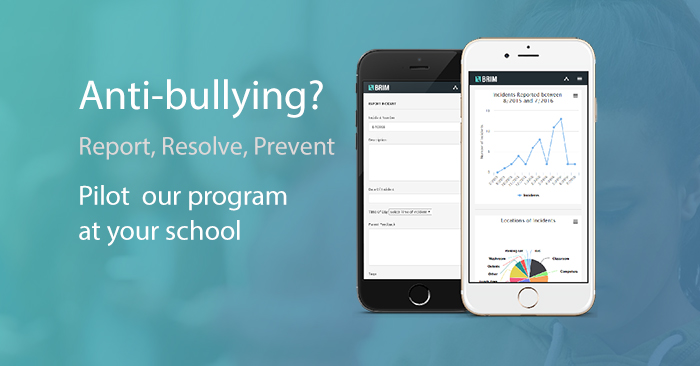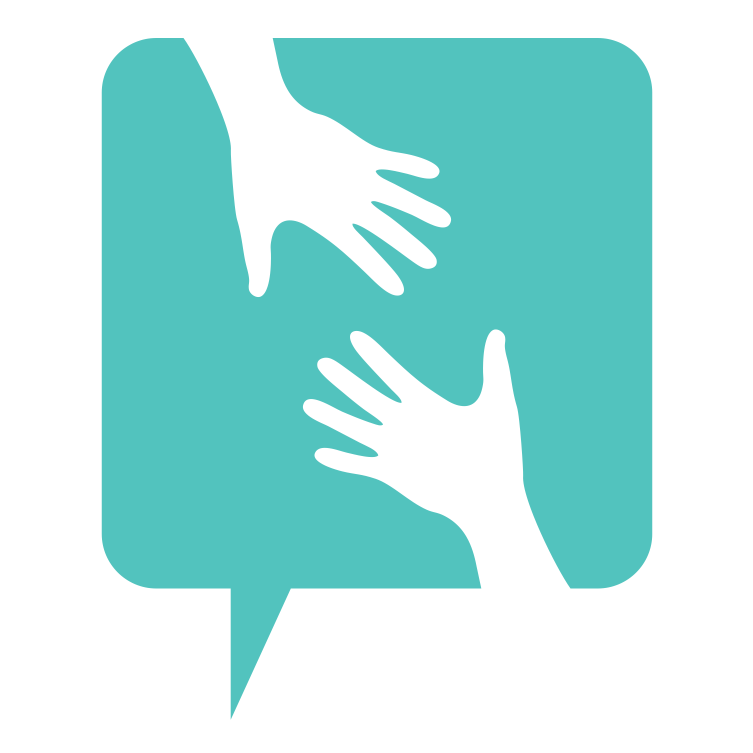Emerging technologies in education involve teachers integrating applications or techniques that improve the learning process. Technological devices assist learning processes of students while teachers use technology to help them assess a student’s performance in the classroom.
Following are top 10 examples of emerging technologies in education.
1. Flashnotes
Flashnotes is an online marketplace that is designed to help students write and share virtual notes with their classmates. Students can take their lecture notes and post them on Flashnotes for other students who require assistance. Flashnotes through students posting their class notes for other students to purchase.
2. Lore
Lore makes it easier for teachers and students to communicate with each other regarding lectures, assignments, and classwork. Furthermore, it allows students and teachers alike to upload documents, share test dates, and with Lore, teachers can also manage an online grade book.
3. Study Blue
This new technology in schools helps students become more organized with their work. Through this application, students can easily store their work, notes, and assignments. Other students can take advantage of this application by accessing study guides of their classmate. Plus, you can find resource materials of students studying the same subject as you.
4. LEAP Motion
Leap motion is a company that manufactures computer hardware sensors which enables a user to use their fingers or hands to draw, write, play, and zoom to provide an interactive method of learning.
5. Papertab
Papertab is the future of technology in education and let’s people work with multiple documents. Even though Papertab is not available in the market to use, but when it does it will make sending, receiving, and navigating between data a lot easier. Moreover, people can use hand gestures to go from one page to another and share documents by touching tablets together.
6. Chromebooks
Google introduced an inexpensive version of a tablet called Chromebooks that schools that lack funding can implement into their curriculum. Not only are they inexpensive, but users can easily manage settings and restrictions. Also, it provides users with a traditional keyboard to help them type fast.
7. LessonCast
LessonCast supports the teachers by offering them help with their lesson plans. It enables teachers to submit a lesson plan, idea, video, documents, and presentations to share with other teachers. Just like Lore offers students to buy notes, LessonCast offers teachers the opportunity to sell their lesson plans to other teachers.
8. Kid Blog
Young students can create their own blog that connects to their classroom activities. Science teachers can help them design a blog that summarizes their lesson or their entire semester. Kid Blog let’s students and parents view and comment on blogs created by students.
9. Live Binders
Live binders allow teachers to collect and organize information into their lesson plans. Students can also use Live binders to create projects. Students and teachers can upload their project on Live binder so other people can access it.
10. Knewton
Knewton aims to provide people with personalized content to ensure optimal learning. This technology observes student’s progress and in return provides them with useful information that they can use throughout their whole education career.
The use of technology in education has cut down the workload of students and teachers. Teachers can promote the use of emerging technologies in classrooms and include them as a part of their lesson plans. They can even create projects around the use of these technologies.



